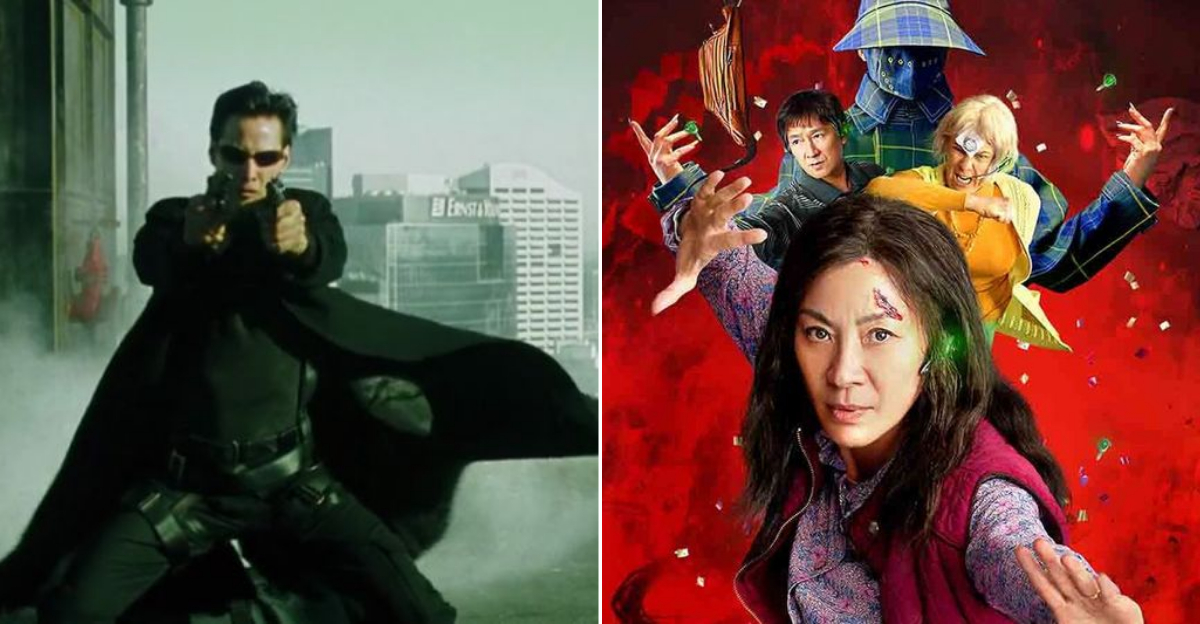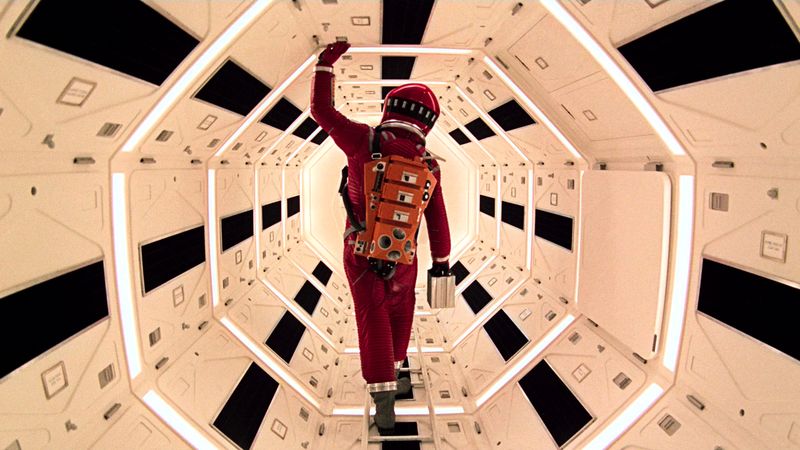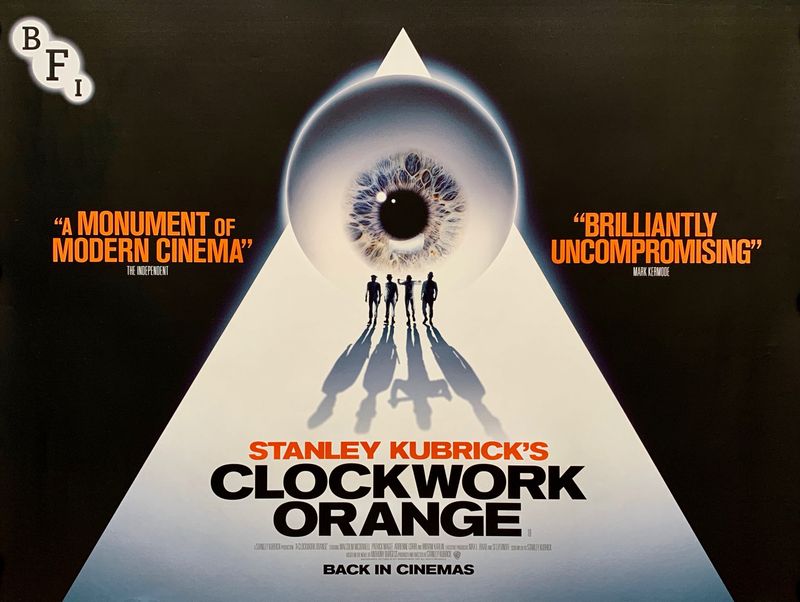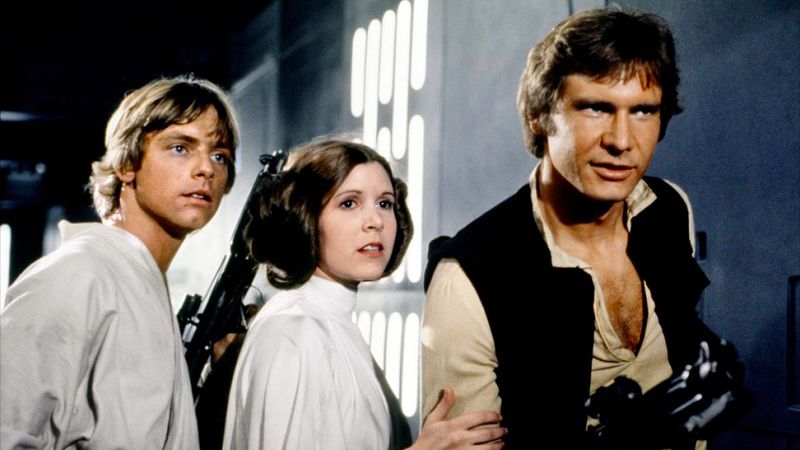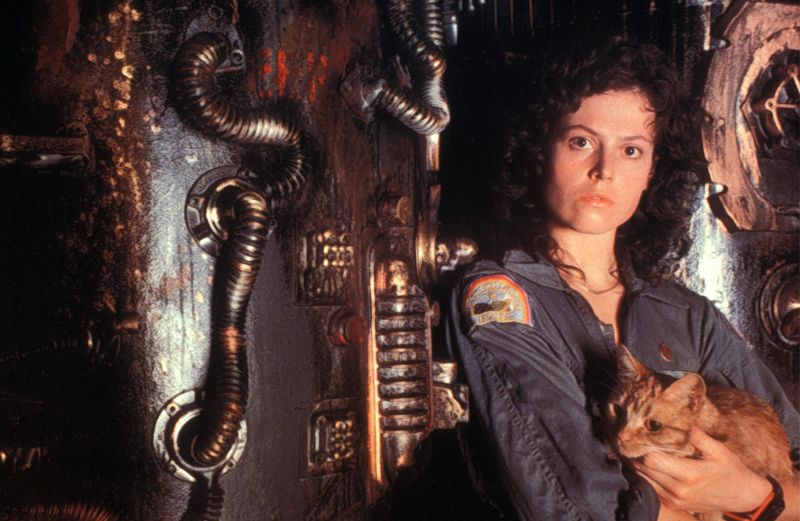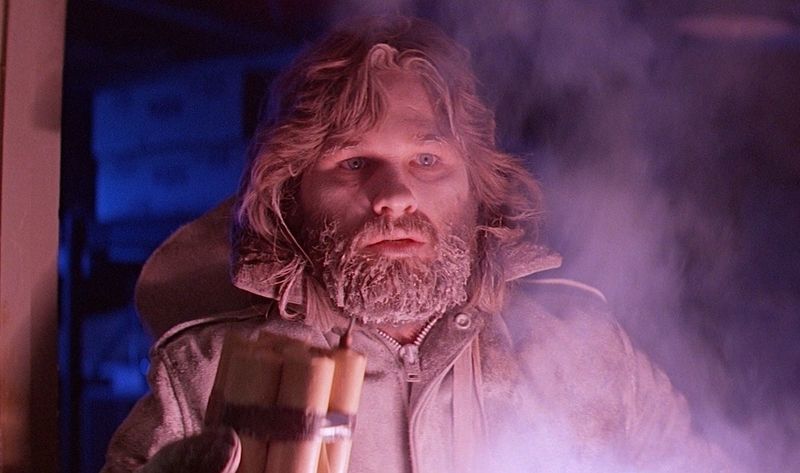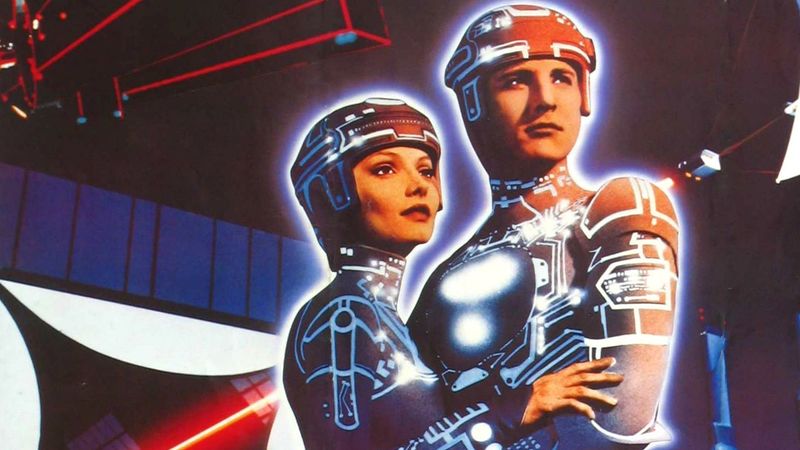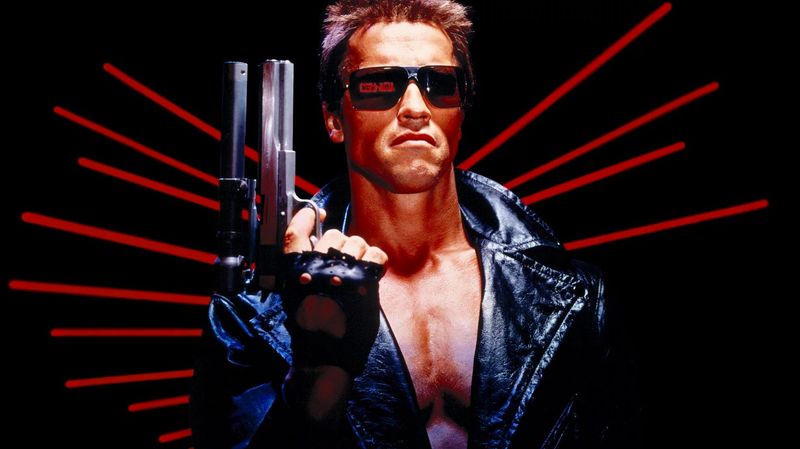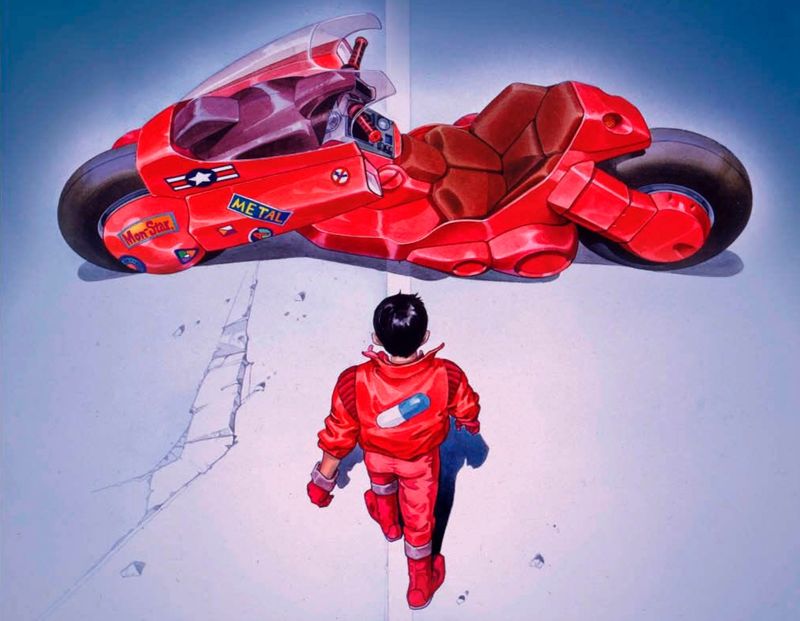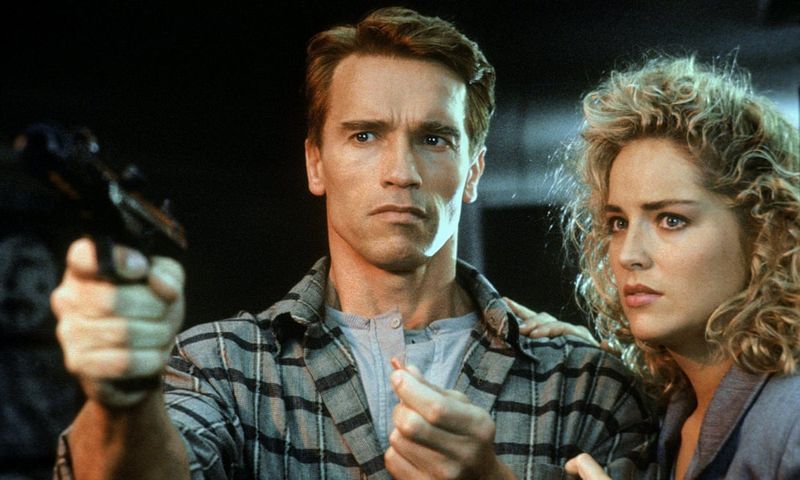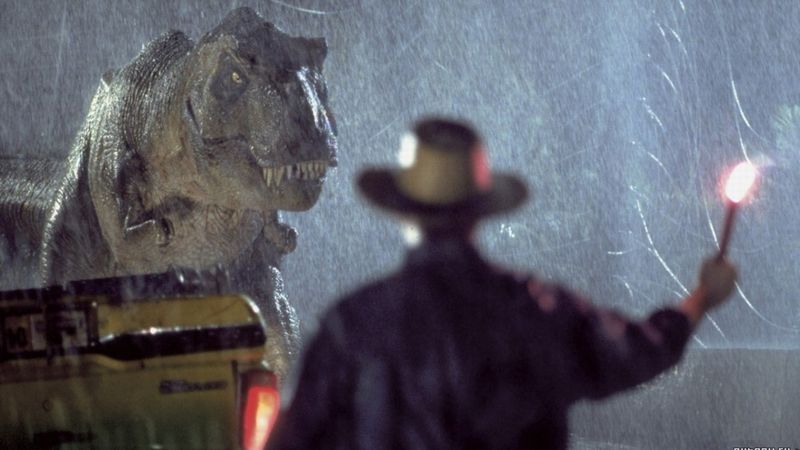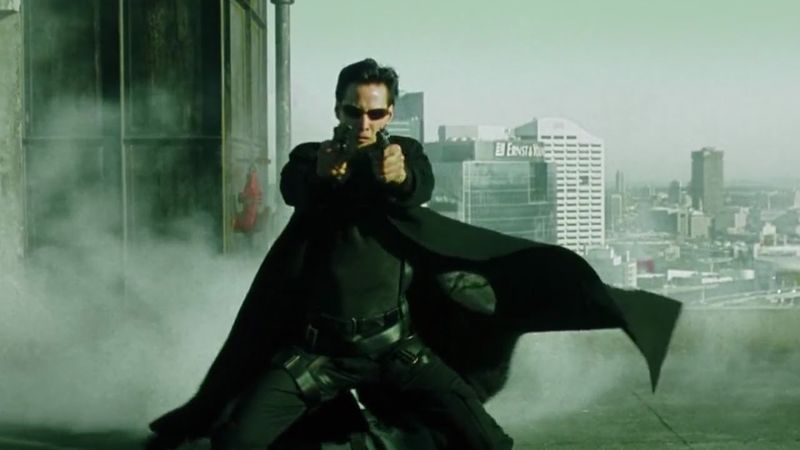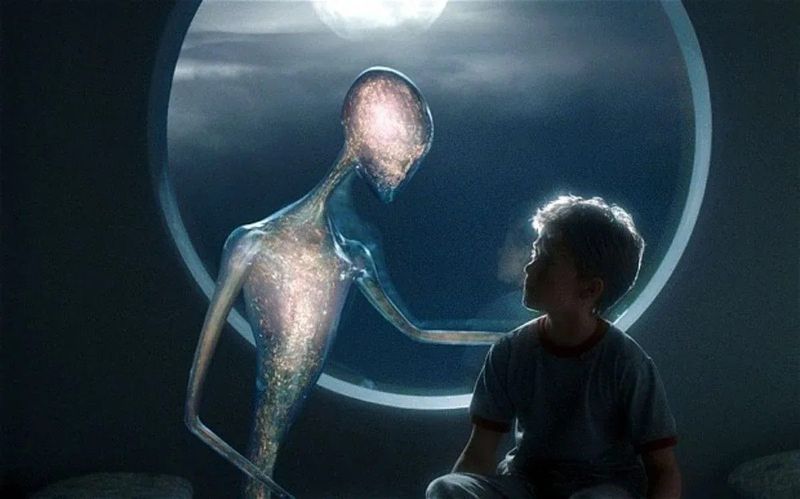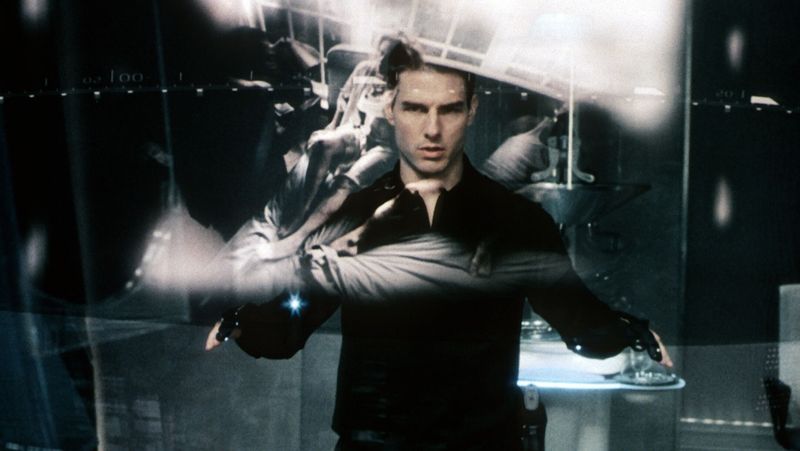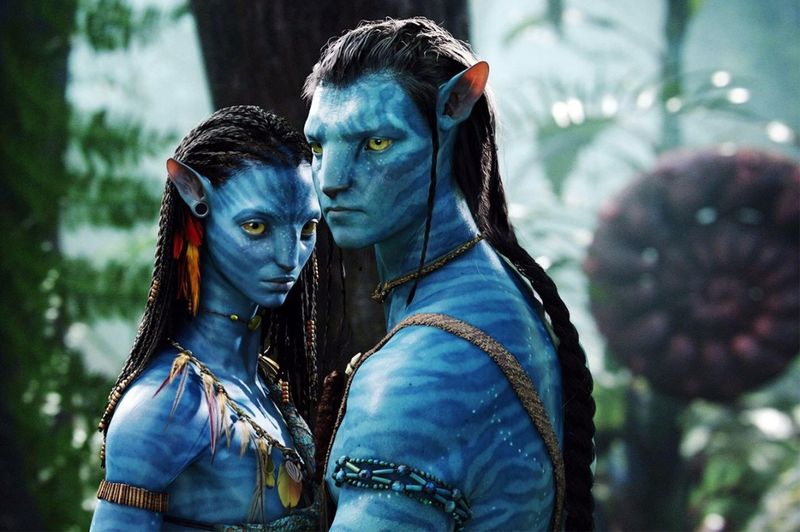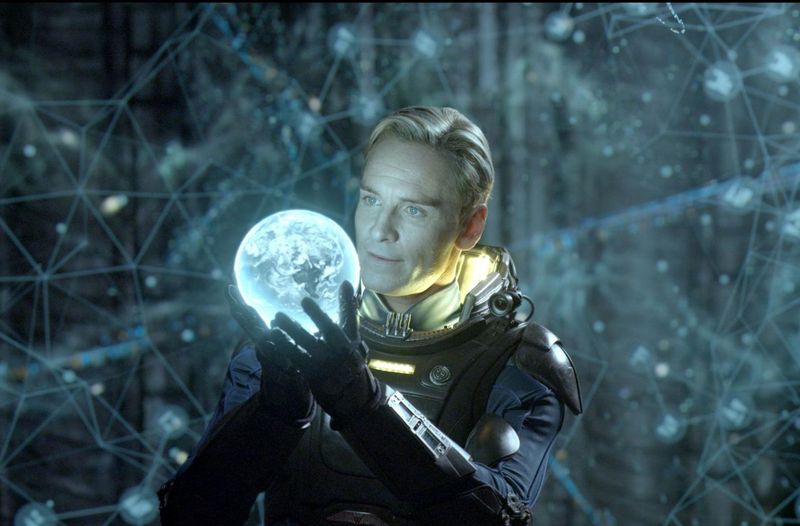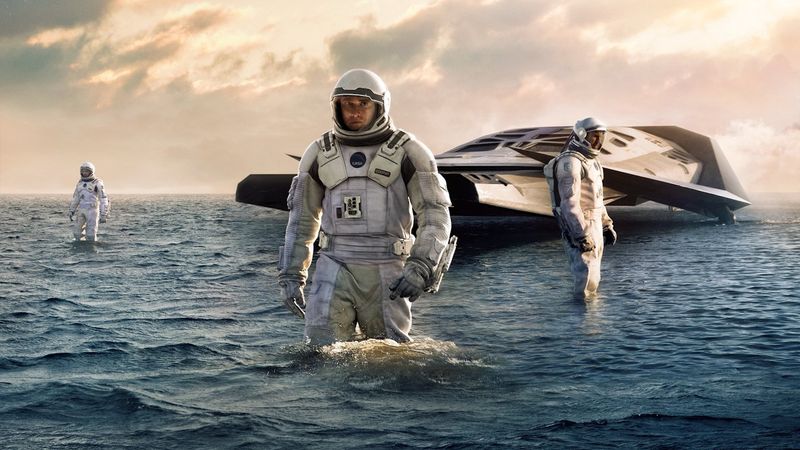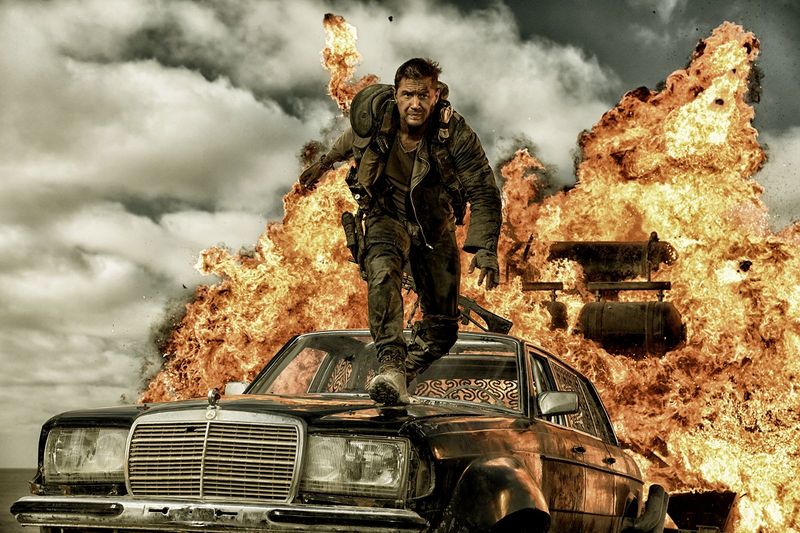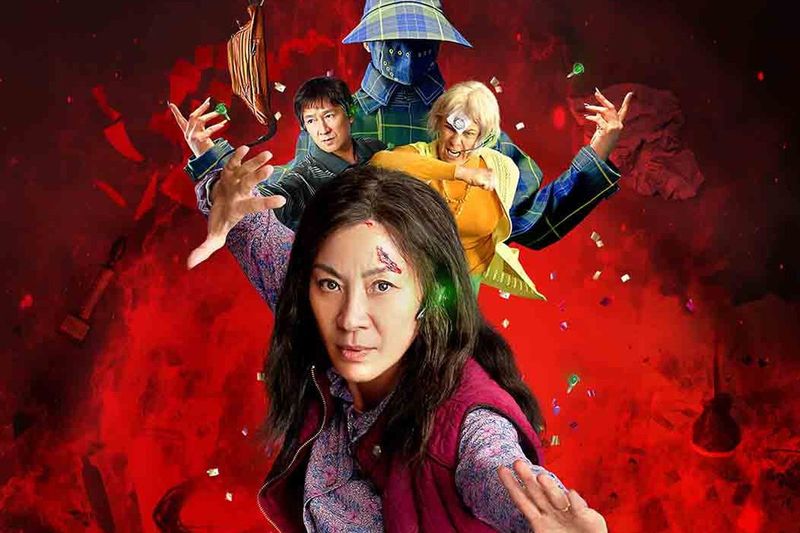Explore the world of science fiction cinema with this curated list of 20 groundbreaking films. These movies have challenged conventions, introduced new visual effects, and sparked discussions through their unique storytelling and innovative approaches.
From philosophical epics to dystopian nightmares, each film has left a distinct mark on the genre.
Whether through redefining visual effects, creating iconic characters, or exploring complex themes, these sci-fi films have pushed boundaries, for better or worse.
1. 2001: A Space Odyssey (1968)
Stanley Kubrick’s slow, philosophical epic redefined sci-fi cinema with its realistic space travel and abstract storytelling. The film explores themes of human evolution, artificial intelligence, and the unknown, presenting a visual feast that remains impactful even decades later.
Its deliberate pacing and minimal dialogue invite viewers to ponder humanity’s place in the cosmos, while groundbreaking special effects set new industry standards. Though polarizing to some, this masterpiece continues to inspire filmmakers and ignite debates, securing its place as a cornerstone of the science fiction genre.
2. A Clockwork Orange (1971)
This dystopian nightmare, directed by Stanley Kubrick, mixed ultraviolence with social satire, sparking censorship debates worldwide. The film’s stark portrayal of a future London plagued by crime and authoritarian control challenges audiences with its moral ambiguity.
Its stylistic visuals and unsettling narrative probe deep into the psychology of violence and free will, making it a culturally significant yet controversial piece. While its graphic content shocked viewers, the film’s exploration of societal decay and individual choice remains relevant, keeping it a subject of both admiration and criticism.
3. Star Wars: A New Hope (1977)
George Lucas revolutionized visual effects with Star Wars: A New Hope, creating a sci-fi universe that still dominates pop culture. Its groundbreaking special effects and iconic characters made it a landmark in cinema history.
By blending elements of adventure, fantasy, and science fiction, it introduced audiences to a galaxy far, far away, filled with epic battles and timeless heroes.
The film’s influence extends beyond the screen, inspiring countless creators and a legion of devoted fans. Its enduring legacy is a testament to its imaginative storytelling and technological innovation.
4. Alien (1979)
Ridley Scott’s mix of horror and sci-fi introduced the terrifying Xenomorph and a strong female lead, Ripley, redefining the genre. The film’s claustrophobic setting and suspenseful storytelling create an atmosphere of dread and tension.
Its innovative creature design and compelling characters set a new benchmark for sci-fi horror, merging visceral thrills with intelligent narrative.
By combining elements of isolation and survival, it crafted a chilling experience that resonates with audiences. Alien’s impact on both horror and science fiction cinema is profound, solidifying its place as a genre-defining classic.
5. Blade Runner (1982)
Blade Runner, directed by Ridley Scott, questioned what it means to be human while setting a new standard for cyberpunk aesthetics. Its dystopian vision of the future is rich in detail, with a hauntingly beautiful cityscape that captivates viewers.
The film’s exploration of identity and consciousness, coupled with its atmospheric visuals, has made it a pivotal influence in science fiction. The narrative’s complexity and philosophical depth invite repeated viewings and interpretations, cementing its status as a timeless masterpiece that continues to inspire and challenge filmmakers.
6. The Thing (1982)
John Carpenter’s paranoia-fueled horror blended groundbreaking practical effects with Lovecraftian terror. Set in an isolated Antarctic research station, the film creates an intense atmosphere of mistrust and fear.
Its innovative creature design and visceral special effects remain iconic, delivering shocks and suspense that have captivated audiences.
The Thing’s exploration of identity and survival resonates through its chilling narrative, making it a standout in both horror and science fiction. This masterpiece continues to influence the genre, offering a timeless lesson in tension and creativity.
7. Tron (1982)
One of the first films to heavily use CGI, Tron was ahead of its time, though audiences weren’t ready for it. The film’s innovative visual style created a unique, digital world that was unlike anything seen before.
Its story of a computer programmer transported into a mainframe filled with virtual gladiators offers a thrilling adventure, blending technology with imagination.
Though initially a box office disappointment, Tron’s influence on digital effects and its cult status have grown over the years, marking it as a pivotal moment in sci-fi film history.
8. The Terminator (1984)
James Cameron’s low-budget time-travel thriller introduced an unstoppable AI villain, redefining sci-fi action. The Terminator’s relentless pursuit of its target provides non-stop tension and thrills.
Its innovative use of practical effects and compelling characters have made it a classic, blending action with profound questions about technology and fate.
The film’s iconic status is reinforced by its memorable lines and groundbreaking sequences, influencing countless action and sci-fi films. As both an exhilarating ride and a thought-provoking narrative, it remains a benchmark in the genre.
9. Akira (1988)
This Japanese anime pushed the boundaries of animation and introduced cyberpunk to the world. Set in post-apocalyptic Neo-Tokyo, Akira’s stunning visuals and complex narrative broke new ground in animated storytelling.
Its exploration of power, corruption, and identity delves into the darker sides of human nature, presenting a vivid and unsettling vision of the future.
As a cornerstone of cyberpunk, Akira has inspired countless creators across mediums, highlighting the potential of animation to convey profound and challenging themes. Its legacy continues to resonate, captivating audiences worldwide.
10. Total Recall (1990)
Paul Verhoeven’s over-the-top adaptation of a Philip K. Dick story blurred reality and dreams with mind-bending action. The film’s protagonist, played by Arnold Schwarzenegger, embarks on a thrilling adventure that questions the nature of reality.
Its imaginative set pieces and groundbreaking special effects create an unforgettable cinematic experience, blending humor with intense action.
Total Recall’s exploration of identity and memory challenges viewers to question their perceptions, offering both entertainment and thought-provoking themes. The film’s enduring appeal lies in its ability to merge spectacle with substance, making it a standout in sci-fi cinema.
11. Jurassic Park (1993)
Revolutionary CGI and animatronics brought dinosaurs to life like never before, setting a new benchmark for effects. Jurassic Park’s breathtaking visuals and compelling story captivate audiences, making them believe the impossible.
Directed by Steven Spielberg, the film seamlessly blends adventure with science fiction, exploring themes of hubris and nature’s unpredictability. Its thrilling sequences and memorable characters have cemented its status as a modern classic.
The film’s influence on visual effects and popular culture is undeniable, inspiring a new generation of filmmakers and audiences alike with its groundbreaking achievement.
12. The Matrix (1999)
Bullet time, philosophical undertones, and leather-clad hackers made this a defining film of the late ’90s. Directed by the Wachowskis, The Matrix introduced groundbreaking visual effects and a compelling narrative centered around reality and control.
Its exploration of technology, freedom, and human potential captivated audiences, sparking discussions on the nature of existence.
The film’s iconic imagery and innovative action sequences set new standards in cinema, leaving an indelible mark on pop culture. The Matrix’s blend of intellectual depth and thrilling spectacle ensures its continued relevance and influence.
13. A.I. Artificial Intelligence (2001)
A mix of Stanley Kubrick’s vision and Steven Spielberg’s storytelling, this film divided audiences with its bleak yet emotional take on artificial life. A.I. Artificial Intelligence explores the meaning of love, humanity, and obsolescence through the eyes of David, a robotic boy.
Its poignant narrative and visual splendor challenge viewers to reflect on the ethical implications of advanced technology.
The film’s exploration of artificial intelligence and human connection resonates deeply, offering a thought-provoking experience. By blending imagination with emotion, it remains a unique and compelling addition to the sci-fi genre.
14. Minority Report (2002)
Another Philip K. Dick adaptation, this Spielberg thriller explored surveillance and free will in a near-future world. Set in a society where crimes are prevented before they occur, Minority Report delves into the moral complexities of pre-crime technology.
Its thrilling narrative and innovative visuals create a gripping cinematic experience, blending action with deep philosophical questions.
The film’s exploration of choice and destiny invites viewers to consider the ethical challenges posed by advanced technologies. With its thought-provoking themes and engaging plot, Minority Report remains a standout in science fiction cinema.
15. Children of Men (2006)
Alfonso Cuarón’s gripping dystopian thriller featured stunning long-take cinematography and a bleak, believable future. Children of Men paints a harrowing picture of a world where humanity faces extinction, with no children born for nearly two decades.
Its raw, immersive storytelling and powerful performances create an intense atmosphere of urgency and despair. The film’s exploration of hope, resilience, and societal collapse resonates deeply, making it a poignant reflection of real-world issues.
By combining technical prowess with emotional depth, Children of Men has solidified its place as a modern classic in the genre.
16. Avatar (2009)
James Cameron’s 3D sci-fi epic broke box office records and set a new standard for motion capture technology. Avatar transports audiences to the lush, vibrant world of Pandora, where humans and indigenous Na’vi clash over resources.
Its groundbreaking visual effects and immersive world-building create a captivating cinematic experience, blending ecological themes with epic storytelling.
The film’s success and influence on 3D technology and environmental awareness are profound, inspiring audiences and filmmakers alike. Avatar’s legacy is evident not only in its technological achievements but also in its imaginative and thought-provoking narrative.
17. Prometheus (2012)
Ridley Scott returned to the Alien universe with a divisive, visually stunning prequel that raised more questions than answers. Prometheus explores the origins of humanity and the enigmatic Engineers, blending mystery with awe-inspiring visuals.
Its ambitious narrative and breathtaking design create a thought-provoking, though polarizing, cinematic experience.
By challenging viewers with existential questions, the film extends the Alien mythos while standing on its own. Though opinions on its storytelling vary, Prometheus’s visual and thematic boldness ensures its place in the annals of sci-fi cinema.
18. Interstellar (2014)
Christopher Nolan’s ambitious space odyssey mixed theoretical physics with emotional storytelling, pushing the limits of sci-fi realism. Interstellar takes audiences on a journey through wormholes and distant galaxies to save humanity.
Its stunning visuals and intricate plot explore themes of time, love, and sacrifice, creating an emotional and intellectual experience.
The film’s ambitious scope and scientific authenticity thrill and challenge viewers, making it a landmark in modern cinema. By blending heart and intellect, Interstellar continues to inspire and provoke discussions on the nature of existence.
19. Mad Max: Fury Road (2015)
More post-apocalyptic action than traditional sci-fi, this film’s practical effects and relentless pace redefined the genre. Mad Max: Fury Road, directed by George Miller, delivers an adrenaline-fueled ride through a desolate landscape.
Its story of survival and rebellion is told through stunning visuals and non-stop action, with minimal dialogue. The film’s innovative use of practical effects and dynamic cinematography creates a visceral, immersive experience.
Fury Road’s impact on action cinema is significant, influencing filmmakers with its bold, kinetic approach and redefining expectations of the genre.
20. Everything Everywhere All at Once (2022)
This multiversal chaos-comedy blended sci-fi, family drama, and absurdist humor in a way never seen before. Everything Everywhere All at Once offers a uniquely imaginative narrative that explores the infinite possibilities of parallel realities.
Its inventive storytelling and rich character development create an engaging, unpredictable experience that challenges conventional genre boundaries.
By combining elements of action, comedy, and heart, the film resonates with audiences seeking something fresh and innovative. Its bold, creative approach ensures its place as a standout in modern cinema, offering both entertainment and introspection.
